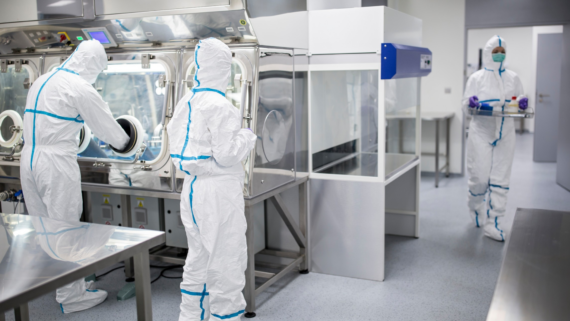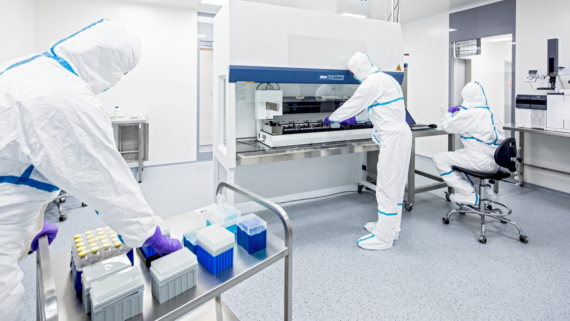- Your cart is empty
- Continue Shopping

Ensuring Quality in Cell and Gene Therapy: Overcoming Raw Material Challenges in CMC and GMP Compliance
The rapid advancement of cell and gene therapies (CGTs) offers transformative potential for treating a myriad of diseases, including various cancers and genetic disorders. However,








